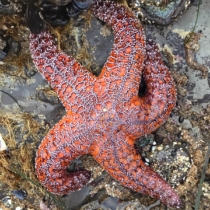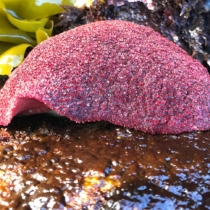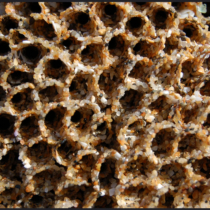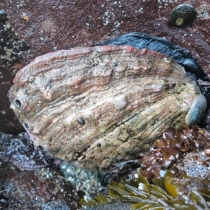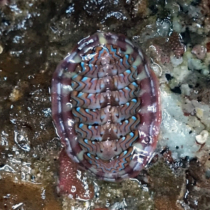 Gianna, Jack, Peter, and Nathan
Gianna, Jack, Peter, and Nathan
Bishop O’Dowd High School
After going on a trip to Ocean Beach in San Francisco and gathering data about the local sand crabs, we wondered how many of them were “recruits,” little crabs which are new to life on the beach. How does this number change over time? Once a recruit settles on a beach, it will spend the rest of its life there. So, a healthy recruit population means that there will be a healthy adult population in the future (unless there is an environmental hazard). As long as there are no environmental hazards or strange weather conditions, the portion of recruits can be used to predict future sand crab growth and decline.
More

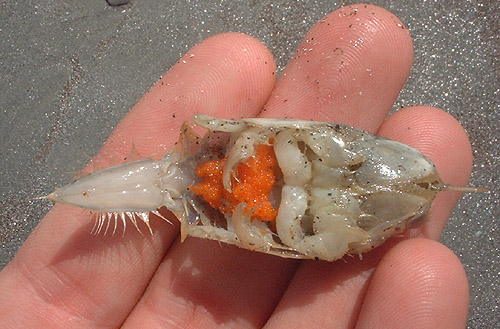
 According to Beyonce, girls run the world, but from Bishop O’Dowd’s sandy beach monitoring data, it’s female sand crabs with eggs the run Ocean Beach. Sand crabs are important animals on California beaches because they can indicate the health of the area of the beach in which they live. Also, they are an important species in the food chain. They are the primary consumers on the beach and many other species rely on their existence.
According to Beyonce, girls run the world, but from Bishop O’Dowd’s sandy beach monitoring data, it’s female sand crabs with eggs the run Ocean Beach. Sand crabs are important animals on California beaches because they can indicate the health of the area of the beach in which they live. Also, they are an important species in the food chain. They are the primary consumers on the beach and many other species rely on their existence.




